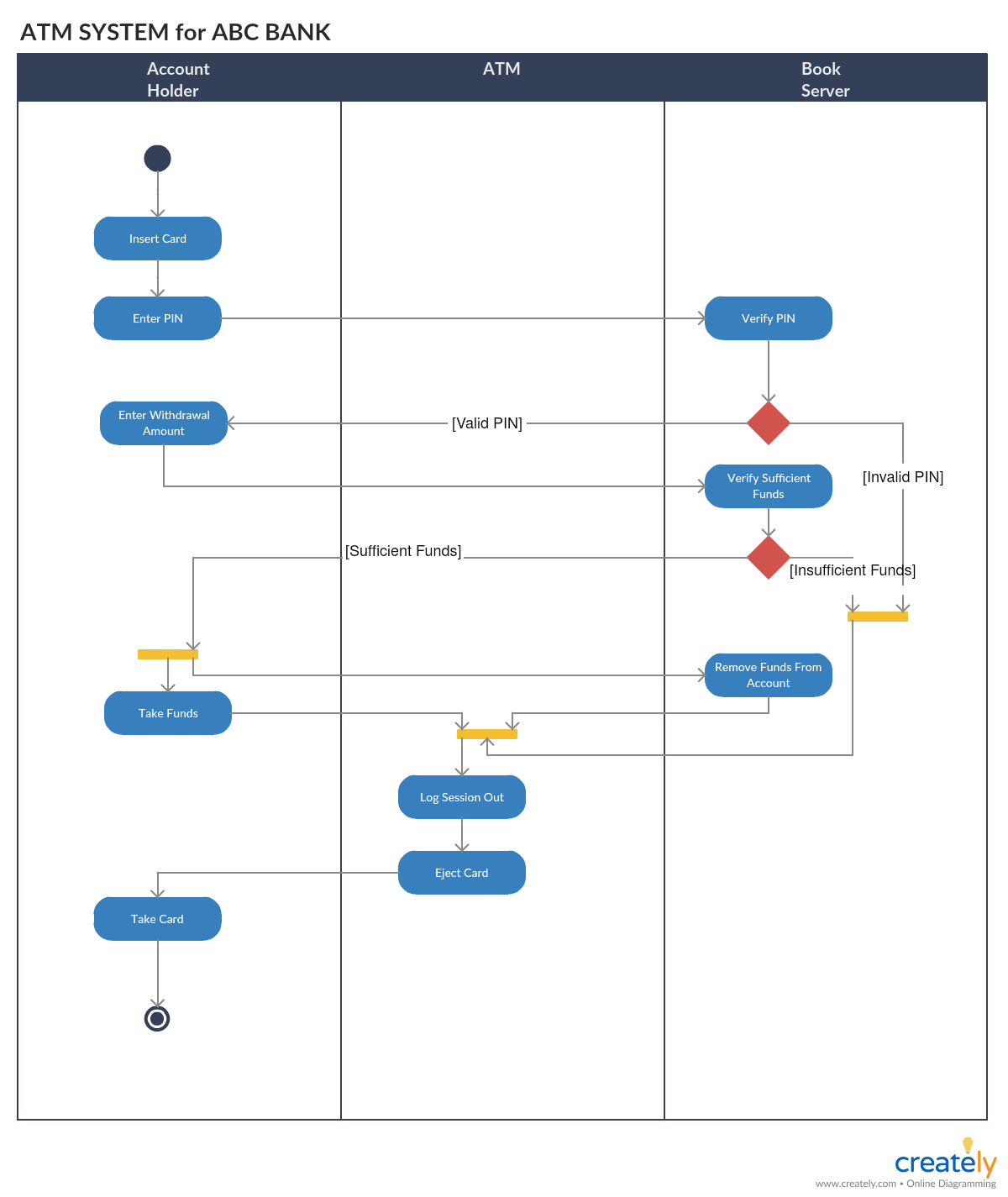

In ancient Greece, markets operated within the agora, an open space where, on market days, goods were displayed on mats or temporary stalls.

Selling and buying are thought to have emerged in Asia Minor (modern Turkey) in around the 7th-millennium BCE. As civilizations grew, barter was replaced with retail trade involving coinage. Archaeological evidence for trade, probably involving barter systems, dates back more than 10,000 years. Retail markets have existed since ancient times. Established in 1455, it is thought to be the oldest continuously operating covered market

Main article: History of retail Marketplace at Trajan's Forum, the earliest known example of permanent retail shopfronts Grand Bazaar, Istanbul (interior). Different jurisdictions set parameters for the ratio of consumer to business sales that define a retail business. Some retailers badge their stores as "wholesale outlets" offering "wholesale prices." While this practice may encourage consumers to imagine that they have access to lower prices, while being prepared to trade-off reduced prices for cramped in-store environments, in a strictly legal sense, a store that sells the majority of its merchandise direct to consumers, is defined as a retailer rather than a wholesaler.
Activity diagram for online shopping plus#
For example, a tourism provider might have a retail division that books travel and accommodation for consumers plus a wholesale division that purchases blocks of accommodation, hospitality, transport, and sightseeing which are subsequently packaged into a holiday tour for sale to retail travel agents. Retail service providers include retail banking, tourism, insurance, private healthcare, private education, private security firms, legal firms, publishers, public transport, and others. Īlthough the idea of retail is often associated with the purchase of goods, the term may be applied to service providers that sell to consumers. Retailing often occurs in retail stores or service establishments, but may also occur through direct selling such as through vending machines, door-to-door sales or electronic channels. In some jurisdictions or regions, legal definitions of retail specify that at least 80 percent of sales activity must be to end-users. Some retailers may sell to business customers, and such sales are termed non-retail activity. Retail refers to the activity of selling goods or services directly to consumers or end-users. At the present, the meaning of the word retail (in English, French, Dutch, German and Spanish) refers to the sale of small quantities of items to consumers (as opposed to wholesale). It was first recorded as a noun in 1433 with the meaning of "a sale in small quantities" from the Middle French verb retailler meaning "a piece cut off, shred, scrap, paring". The word retail comes from the Old French verb tailler, meaning "to cut off, clip, pare, divide in terms of tailoring" ( c. Once the strategic retail plan is in place, retailers devise the retail mix which includes product, price, place, promotion, personnel, and presentation. Most modern retailers typically make a variety of strategic level decisions including the type of store, the market to be served, the optimal product assortment, customer service, supporting services, and the store's overall market positioning. Retail workers are the employees of such stores. Retailing support services may also include the provision of credit, delivery services, advisory services, stylist services and a range of other supporting services. Digital technologies are also affecting the way that consumers pay for goods and services. In the digital age, an increasing number of retailers are seeking to reach broader markets by selling through multiple channels, including both bricks and mortar and online retailing. Over the centuries, retail shops were transformed from little more than "rude booths" to the sophisticated shopping malls of the modern era. Some of the earliest retailers were itinerant peddlers. Retail markets and shops have a very ancient history, dating back to antiquity. Retailers are the final link in the supply chain from producers to consumers. A retailer purchases goods in large quantities from manufacturers, directly or through a wholesaler, and then sells in smaller quantities to consumers for a profit. Retail is the sale of goods and services to consumers, in contrast to wholesaling, which is sale to businesses or institutional customers. A grocery and cosmetics store in Tangier, Morocco


 0 kommentar(er)
0 kommentar(er)
